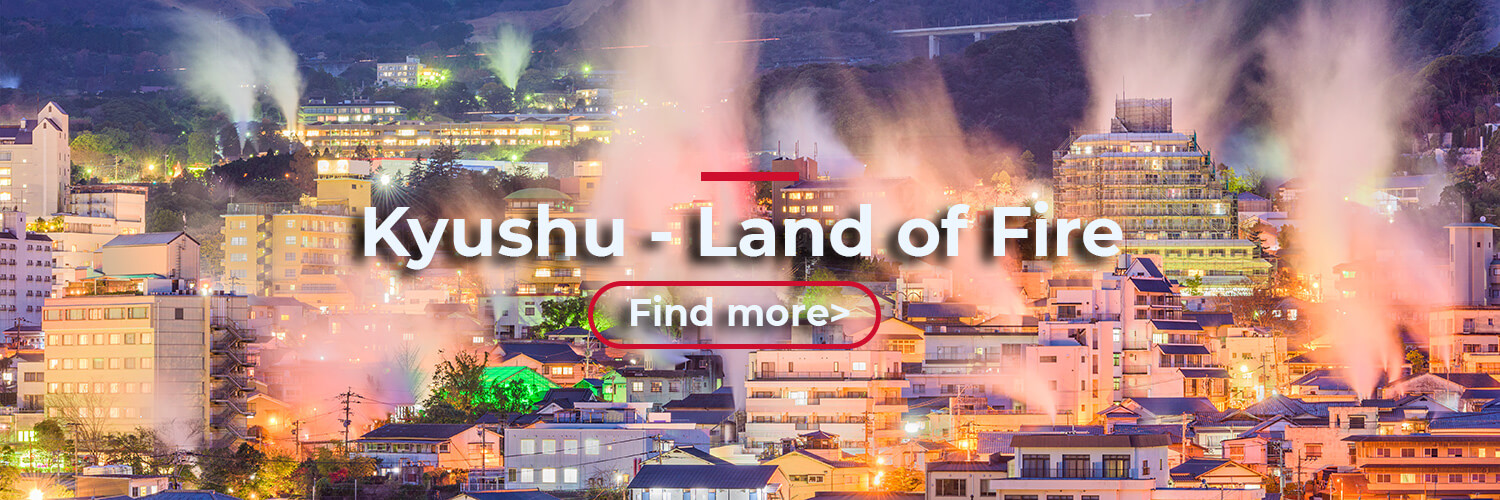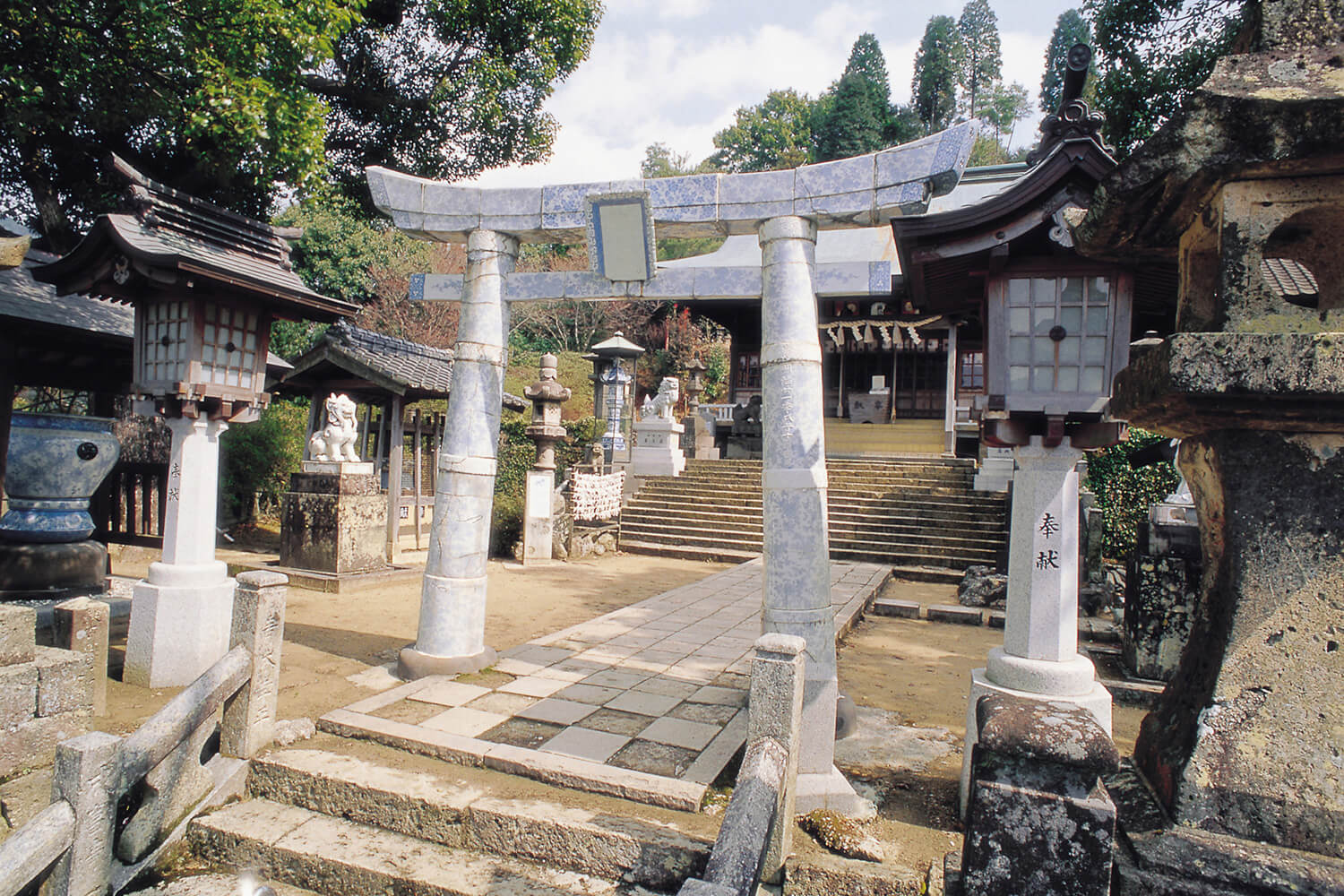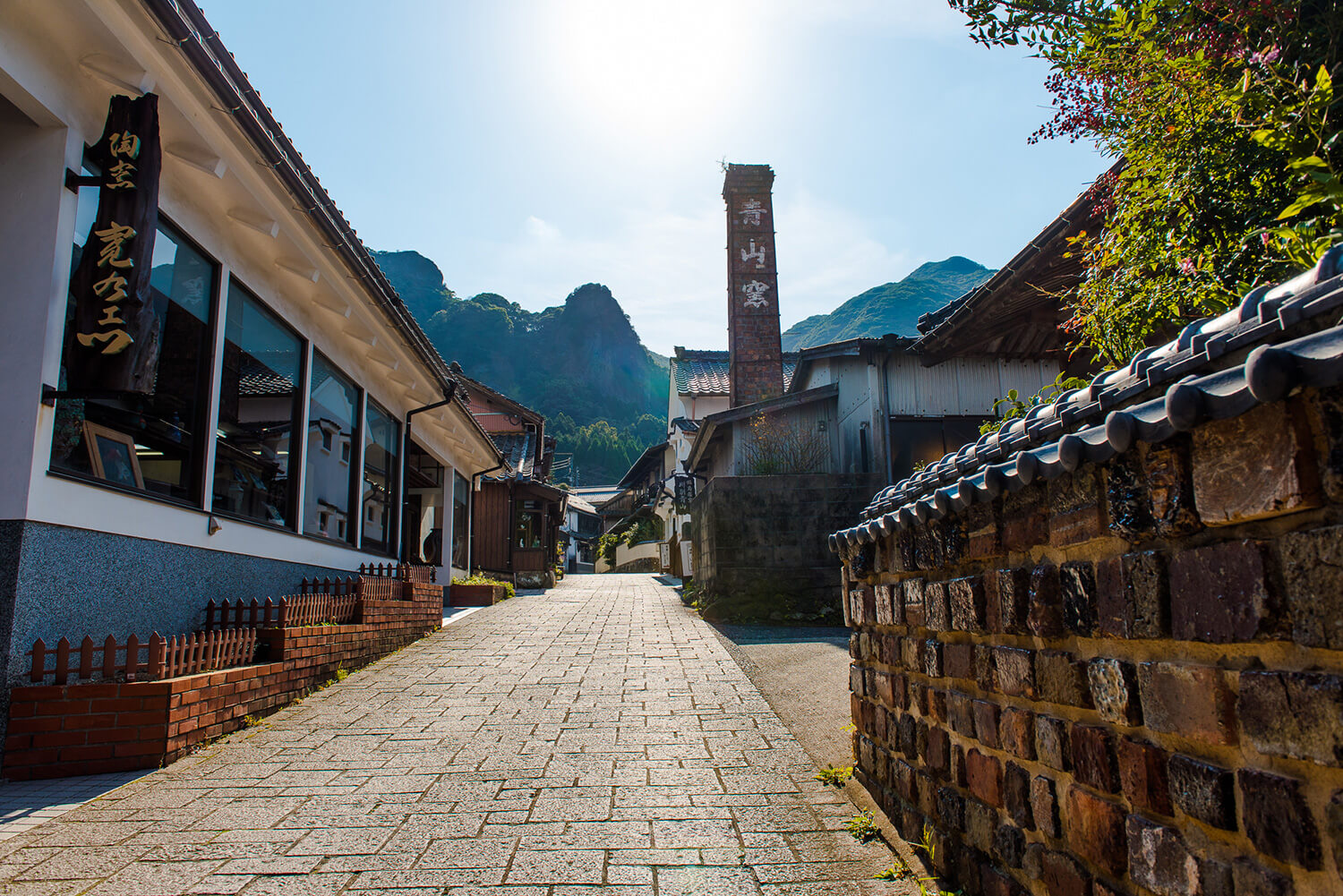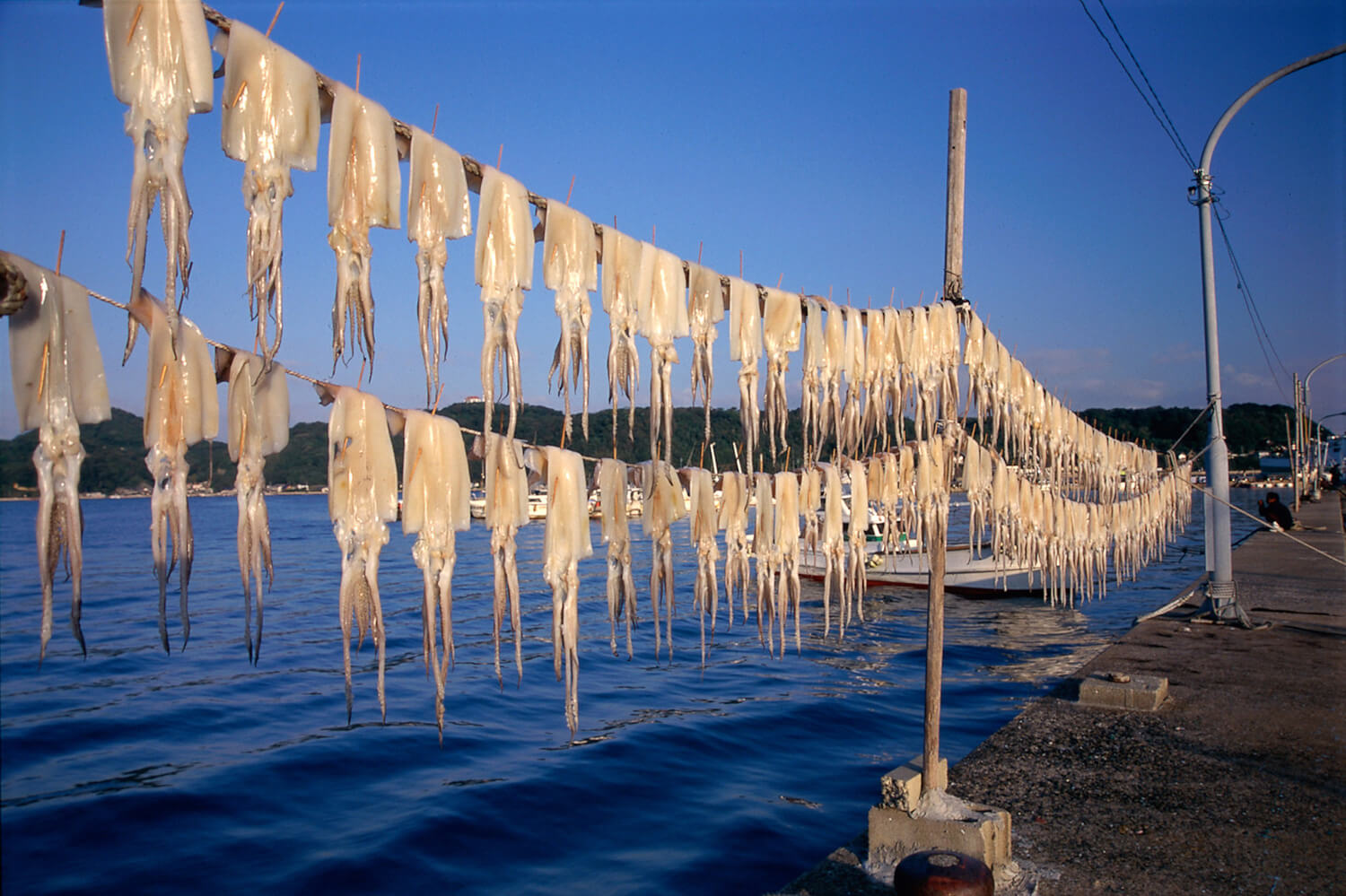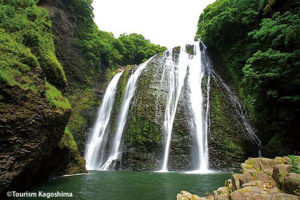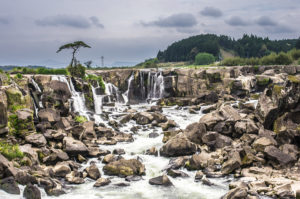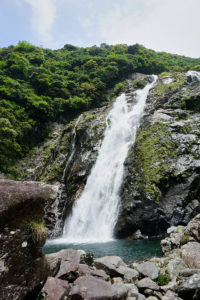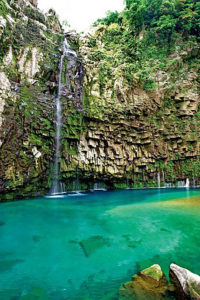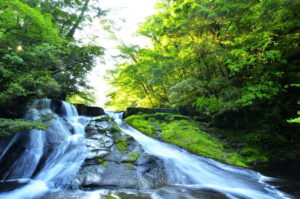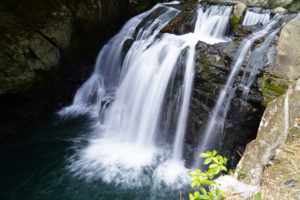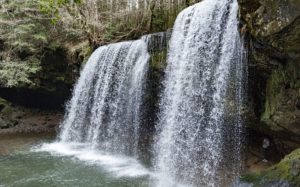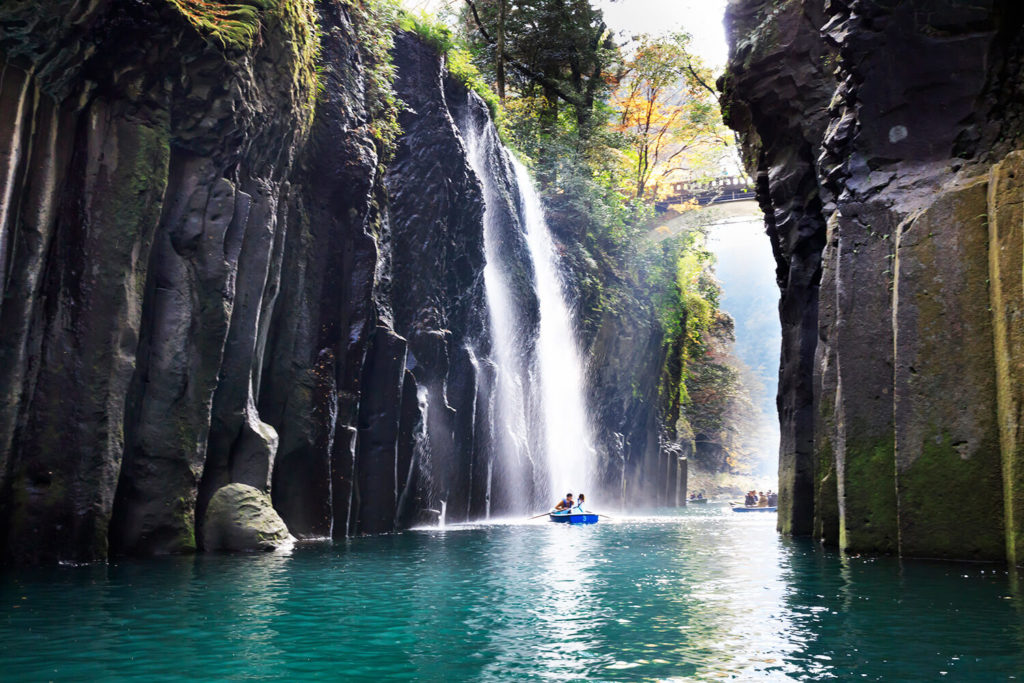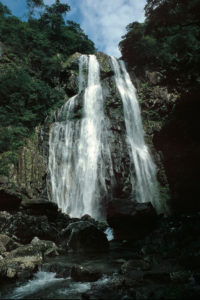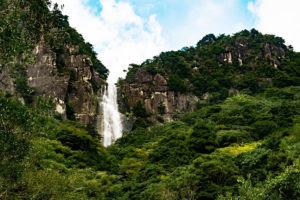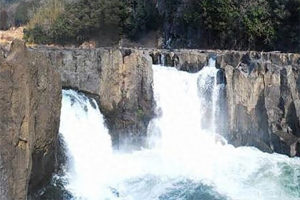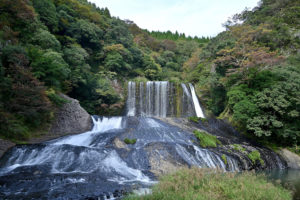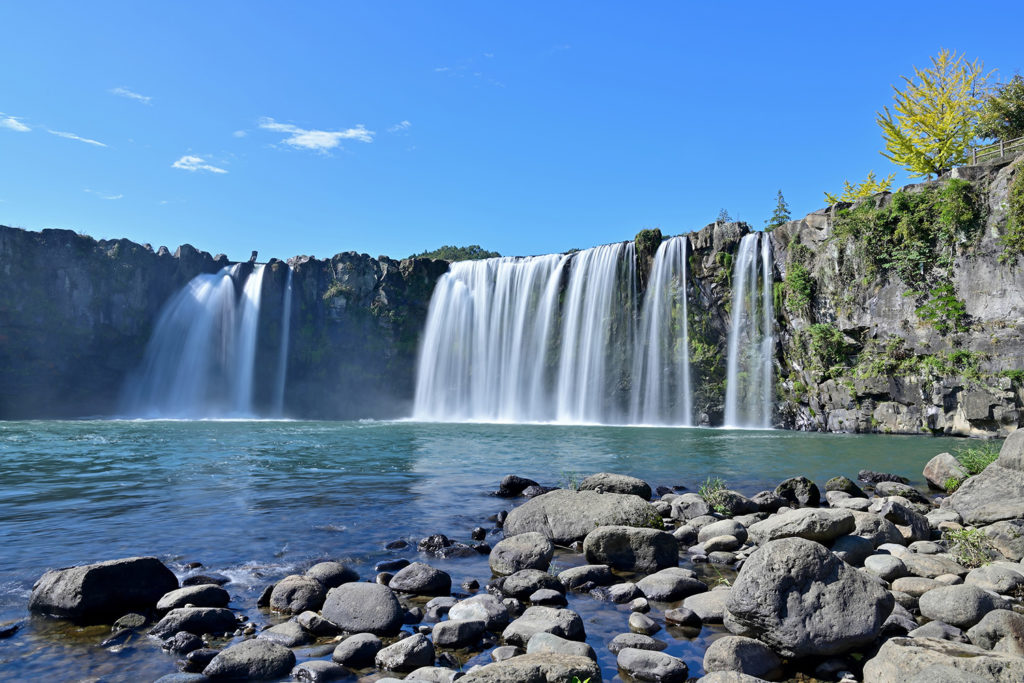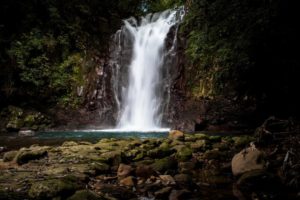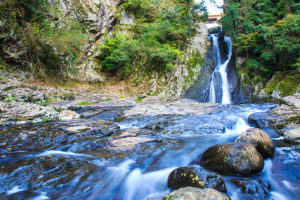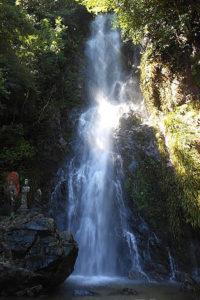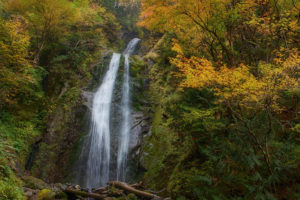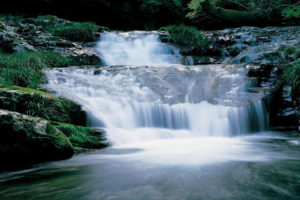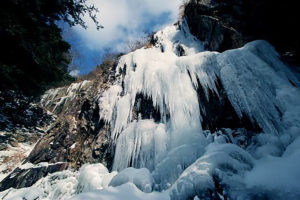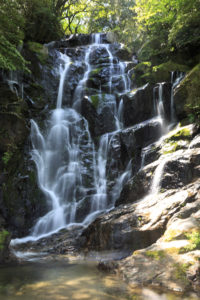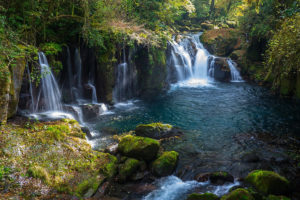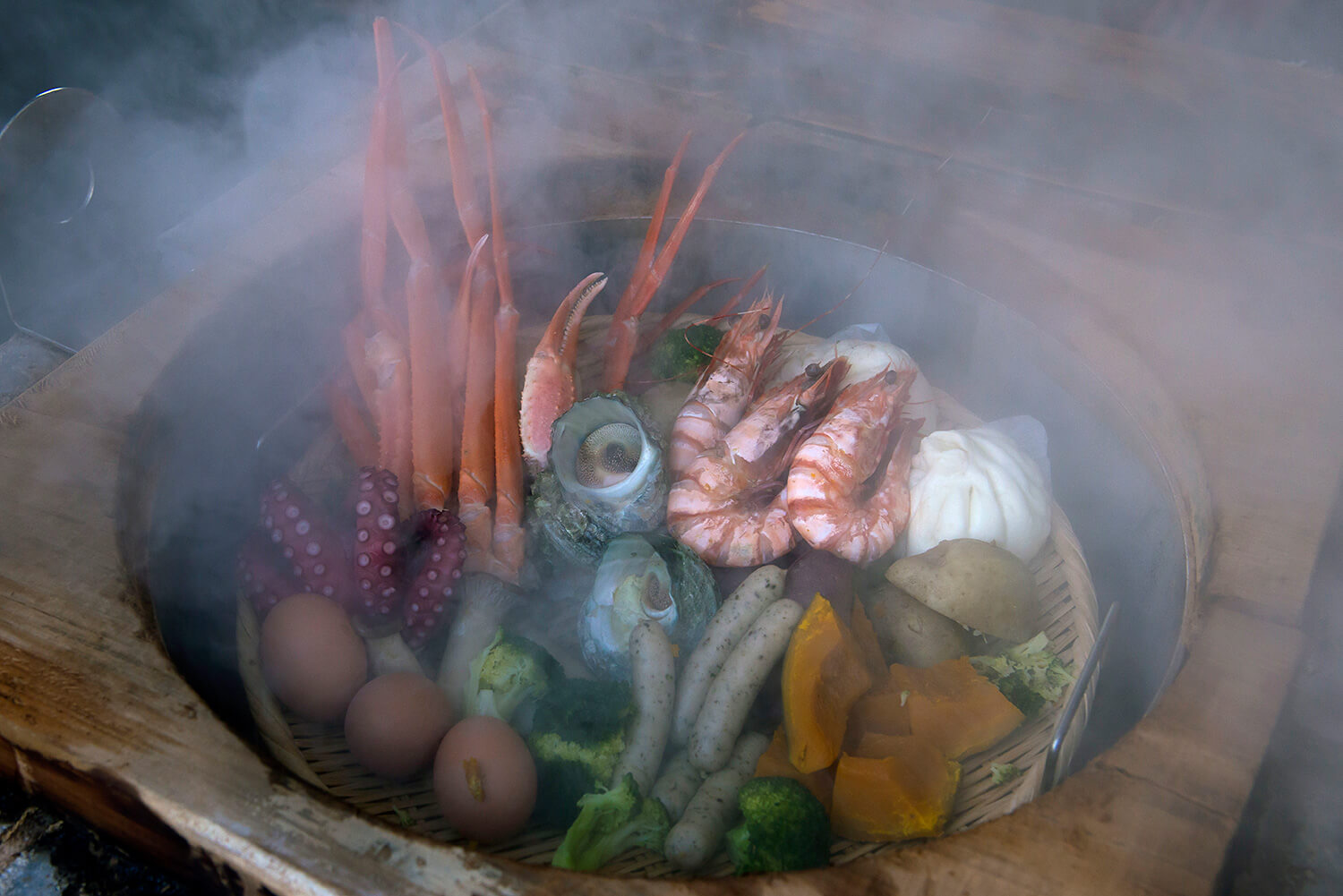Onsen (hot springs) are my favourite places to visit whenever I am in Japan. I make a point of going to one or more and if I can combine this with a stay in a Japanese ryokan then that is even better. Kyushu is known for its volcanoes and with the volcanic activity comes a huge variety of wonderful onsen that you can visit and appreciate. If you have never been to an onsen before you may not be aware of the etiquette around onsen use. Kumamon is the mascot of Kumamoto prefecture in Kyushu, this adorable bear-like character has a following around the world. To learn about onsen etiquette check out this video where Kumamon will show you the rules. I cannot recommend highly enough trying every onsen possible on your next Japan trip and in this blog post I would like to tell you about some of the more unusual onsens in Kyushu.
This video teaches you how to enjoy Onsen in the right manner!
Onsen Hopping in Kurokawa
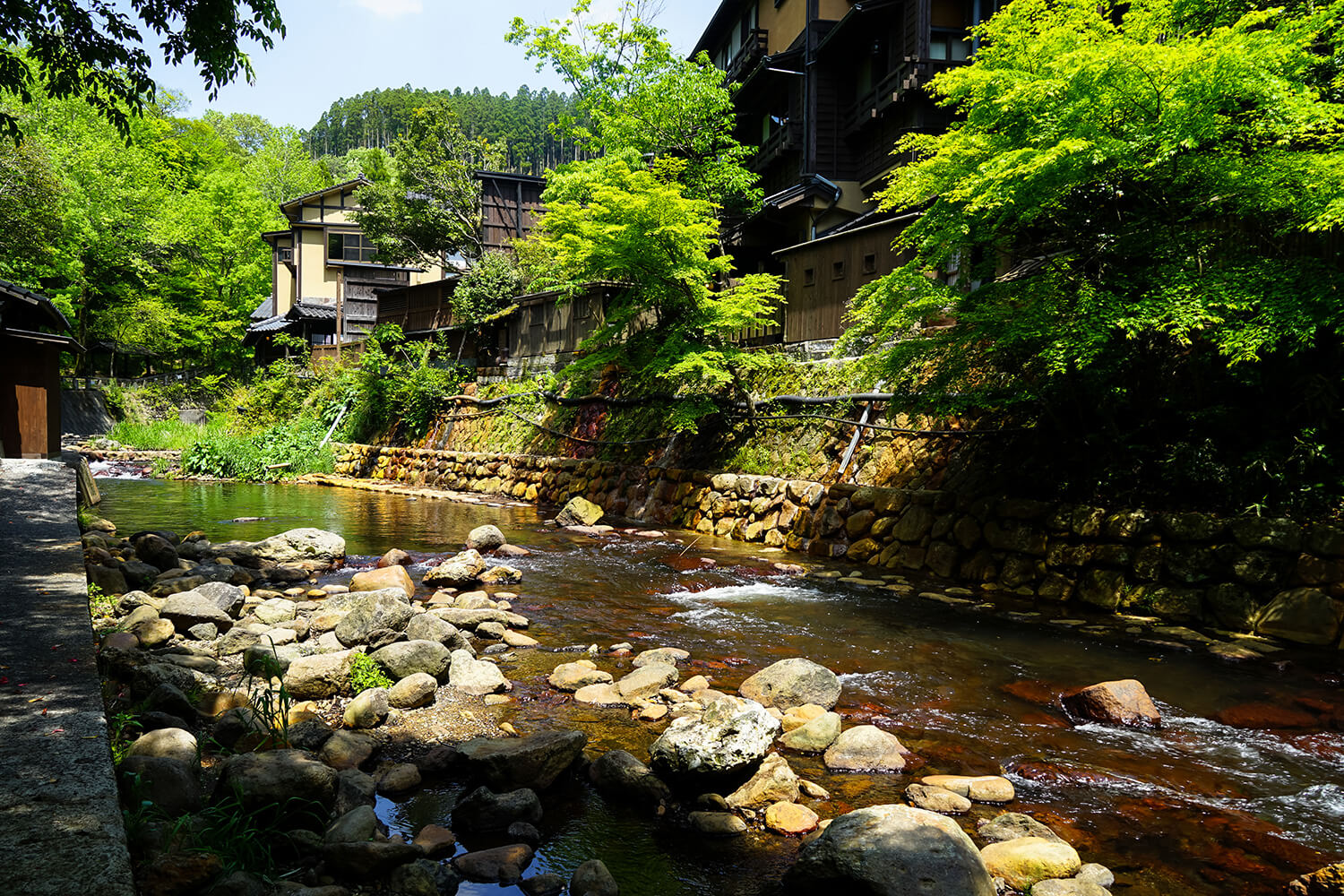
Kurokawa is a 300-year-old hot spring town in Aso, Kumamoto which is home to 29 ryokans (traditional Japanese hotels) and onsen. Walking through the main streets of Kurokawa Onsen is like stepping back in time to Edo Period Japan. It’s grand wooden buildings and restaurants surrounded by lush bamboo and evergreen tree forests make the hustle and bustle of Tokyo and Kumamoto City fade away, providing the best form of relaxation in Japan. A much-loved Japanese pastime is onsen hopping, and Kurokawa Onsen takes it one step further by featuring their many open-aired baths (Rotenburo) in their suggested onsen hopping course. Ryokan guests and day trip visitors alike can purchase an Onsen Hopping Pass for 1,300 JPY per person to enjoy three out of 24 of the participating open-aired baths in Kurokawa Onsen. Once you’ve visited your three onsen (or more, you can purchase multiple passes) don’t forget to write your name on your wodden pass (tegata) and then hang it on one of the main streets’ display frames to leave your mark on Kumamoto’s top onsen town.
The Tea Bath
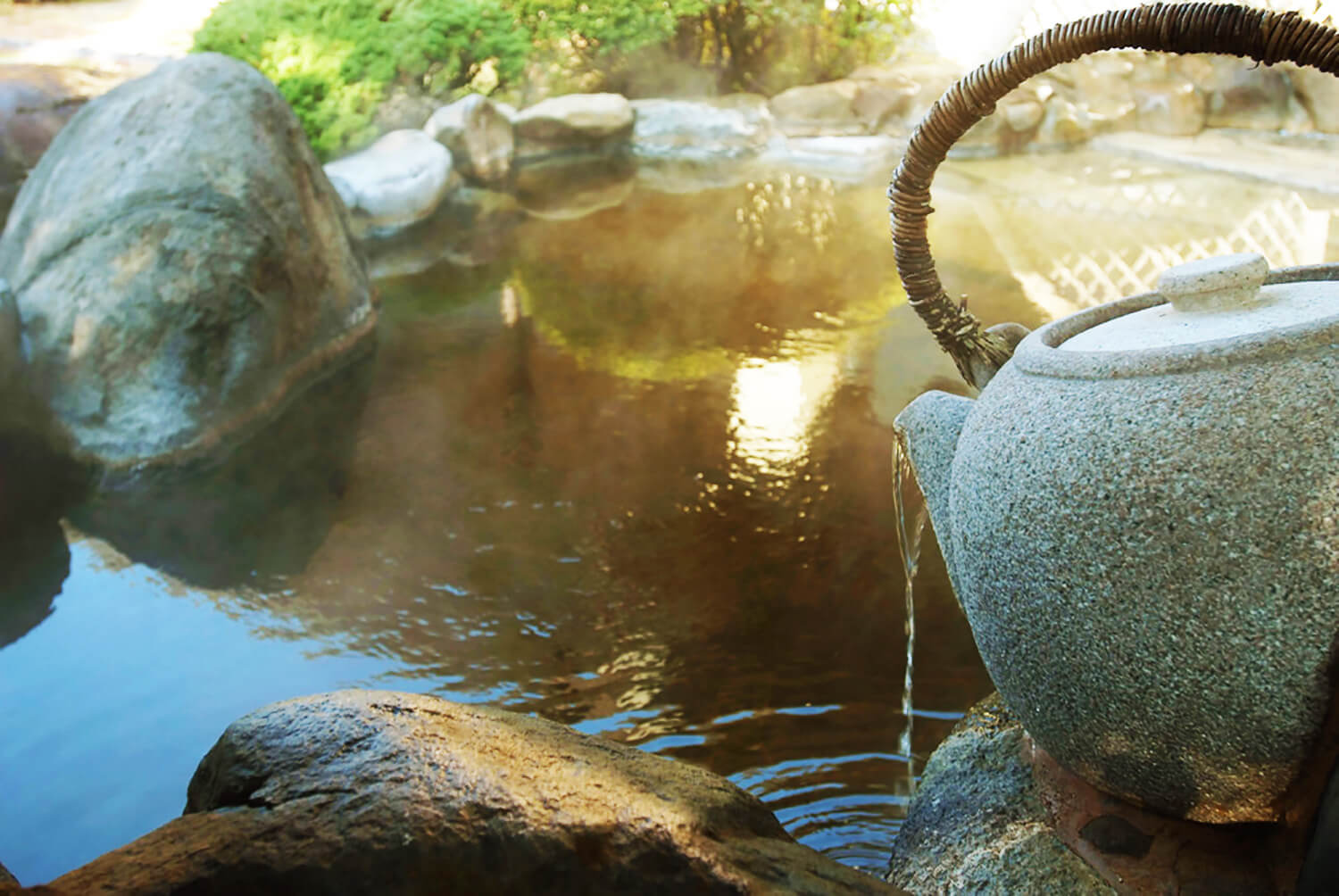
Saga prefecture is known for green tea and in the onsen town of Ureshino one ryokan has taken this local ingredient to create an unusual hot spring bath. Warakuen, is a ryokan where you can enjoy a traditional stay, sleep on futons on tatami mats, wear yukata, and eat a special Japanese dinner. The hot springs at this ryokan are known for their skin-care properties and to further enhance this experience one of the baths is a tea bath. Local tea is soaked in the bath and you can enjoy bathing in this outdoor hot spring. If you are staying at a different property in Ureshino, you can still visit Waruken as a day visitor to try this unique hot spring and take advantage of the beautifying effects of the water.
Sand Baths of Ibusuki
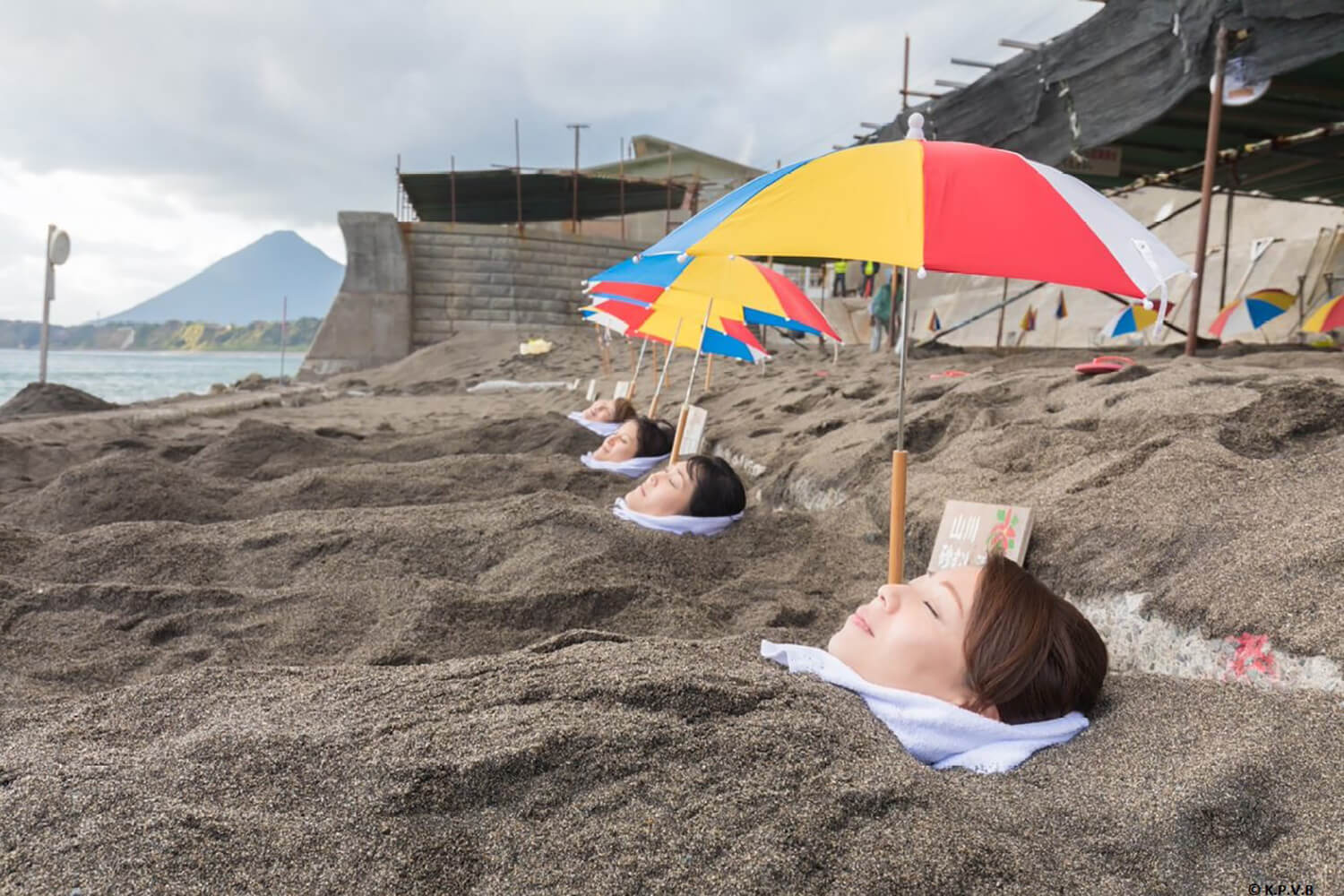
While immersing yourself in the relaxing hot springs of the Ibusuki area in Kagoshima is very enjoyable, you can also try a different sort of relaxation experience. The unique natural steam sand baths on the geothermally heated beaches of this region attract visitors from around Japan and the world. Lay down in the warm black sand while an attendant covers you with more sand. Listen to the ocean sounds while being enveloped in what feels like a warm heavy blanket. I recommend the hot spring property Hakusuikan as place to stay where you can visit the hot springs and sand baths at the property. Also enjoy a delicious meal and ocean views. This is an escape from the busy cities of Japan.
A Very Long Footbath
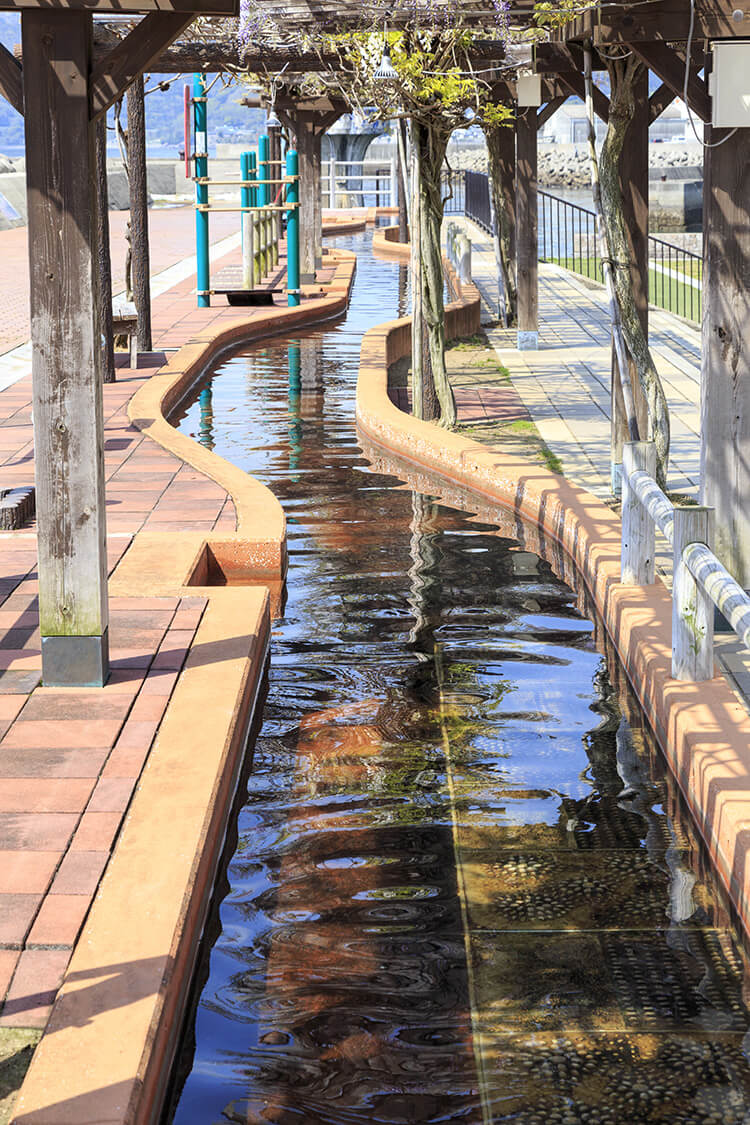
Obama is a seaside town in Nagasaki with a mountainous backdrop. The name Obama means little beach in Japanese. The locals of this town have embraced the fact the town shares a name with a US President and around the town you may find statues or signs depicting the former President. However long before President Obama was even born, visitors have been attracted to this area to enjoy onsen. The hot springs in this area are extremely hot and the steam from the vents can be seen throughout the town. But perhaps the most famous attraction is the footbath, Hot Foot 105. It is 105 meters long and considered the longest in Japan. You can soak your feet while looking out over the bay and contemplate world politics or something more relaxing, up to you!
The Hells of Beppu and Unzen
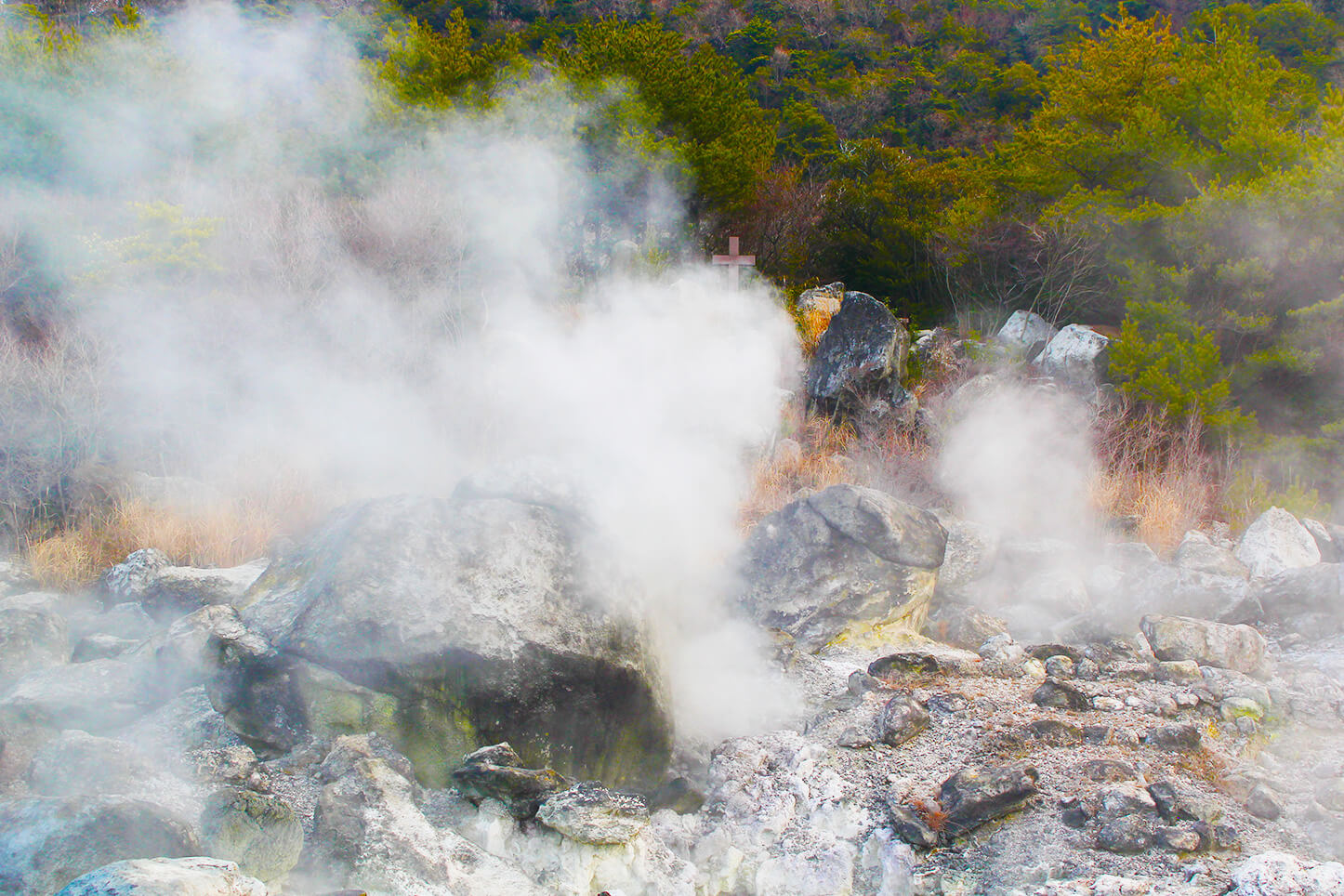
Hells (Jigoku) are hot springs for viewing rather than bathing. They are found in a variety of colours, different types of bubbling mud, sulphur, steam and boiling water. Truly what you might imagine a hell landscape would look like. Carly’s blog post on Beppu covers the interesting hells found in that region and my previous post on Kyushu food talks about the healthy and delicious steamed food (Jigoku Mushi) you can eat here. Unzen in Nagasaki Prefecture is another area where hells can be found. This hot spring town is on a mountain and has a slightly gruesome history. From 1639 until the mid1800s Japan was closed off to foreigners, prior to this seclusion foreign missionaries had been converting locals to Christianity. After the closing of the country and expulsion of all missionaries, local Christians were persecuted by authorities. Those who were found continuing to practice the religion were put to death. One of the methods in the Unzen area was to throw them alive into the boiling hells. Today through the steam you can see a cross perched over the hells to remember the martyrs of this time. Despite this macabre history Unzen today is an escape from the busy cities and a chance to enjoy a stay in one of the many ryokans in the area. I would recommend Fukudaya with hot springs and delicious kaiseki cuisine, at night you can also take a walking tour with a local guide to see the stars and the hells in a different light.
Onsen by the Sea
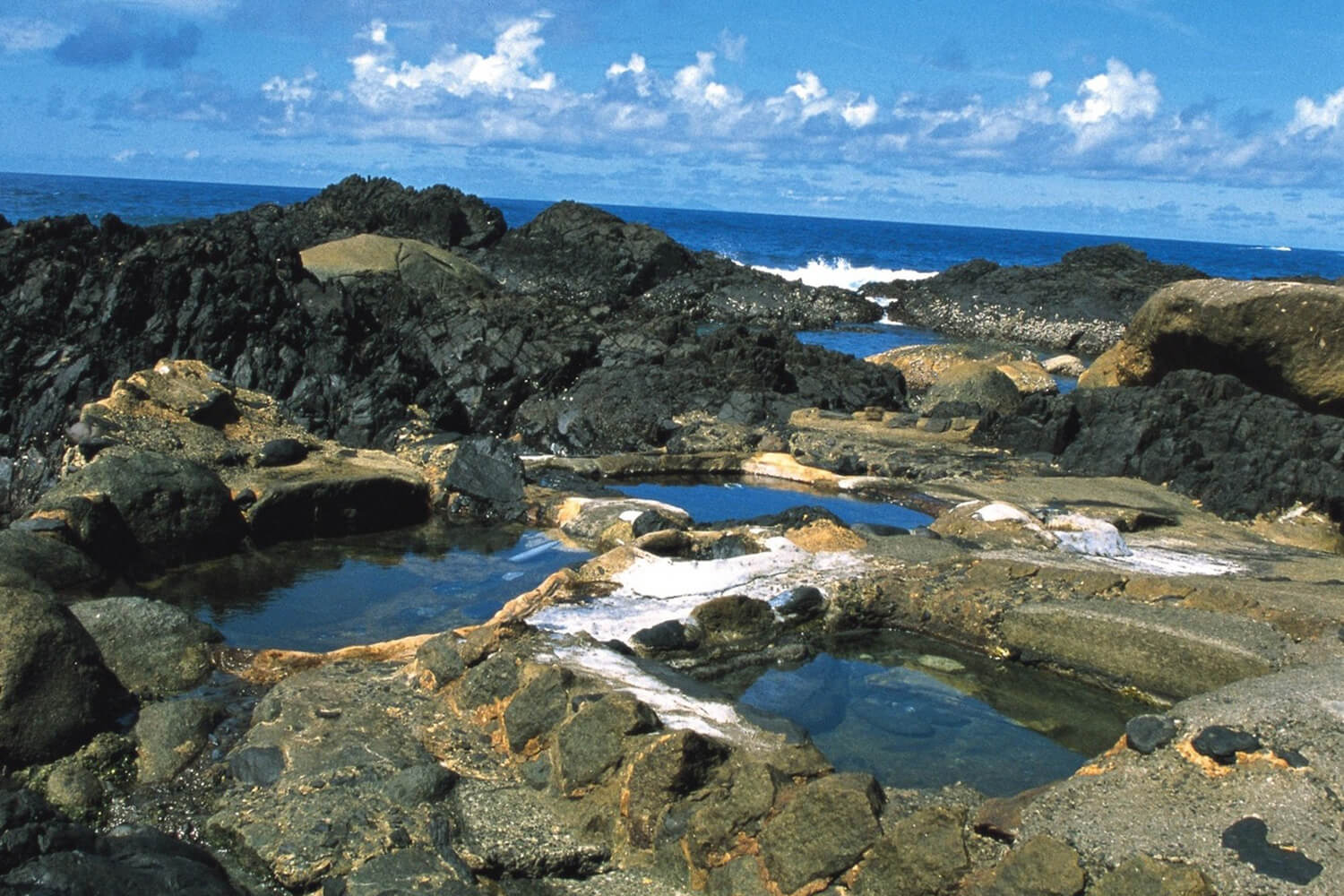
Yakushima is a large island off the coast of Kagoshima. It is definitely worth visiting for hikes into mystical forests where you can discover trees that are more than 1000 years old or to have a relaxing time at a hot spring hotel near the sea. There is plenty of onsen with sea views at resorts in Kyushu but there are a few seaside onsens in Yakushima that are a bit different. These onsens are natural pools on rocky beaches right next to the ocean. In fact, at high tide, you may not be able to access the pools as they are covered in seawater. A donation of 200yen is required to use the pools and there are no changing rooms so you need to bring a bag to keep your clothes. The smaller pools are used to rinse off before entering the bigger pools. This is truly an onsen experience out in nature and a wonderful way to relax at the end of a day hiking and exploring Yakushima.
Summary
There are so many beautiful, relaxing onsen in Kyushu for you to try. Do you think you will try one on your next Japan trip? If you have already been what is your favourite? If you get the chance to travel to Kyushu and visit one of these unique onsens, you will not be disappointed. A definite lovely addition to any Japan itinerary.

